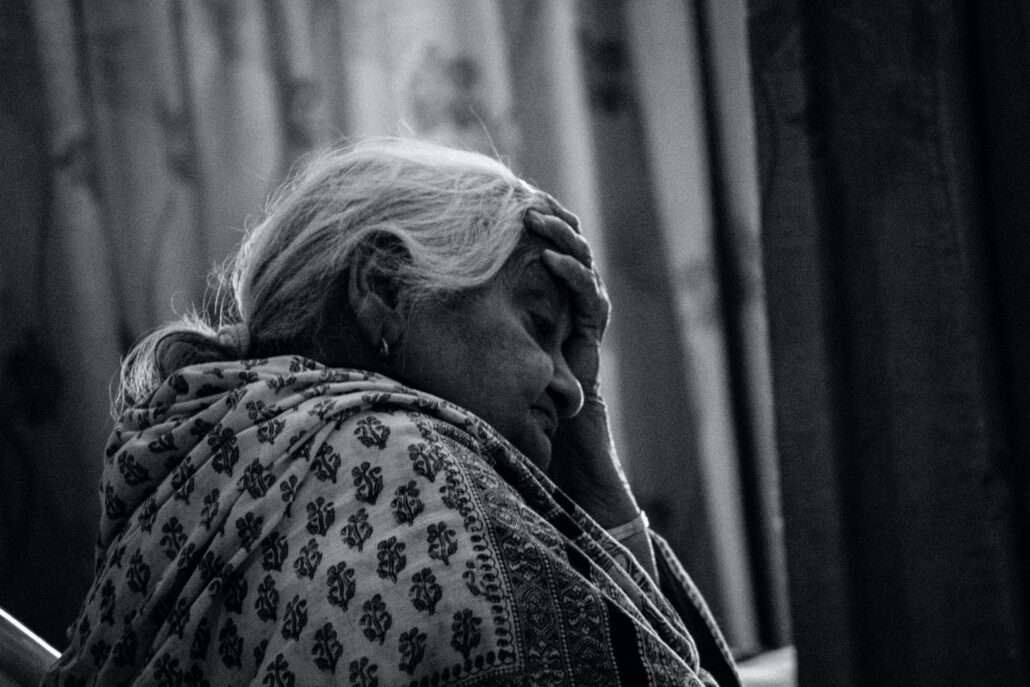Nursing Home Abuse: Understanding Types, Signs, and How to Protect Your Loved Ones
Nursing homes are intended to be safe sanctuaries where elderly individuals receive compassionate care and assistance with daily activities and medical needs. Unfortunately, instances of nursing home abuse continue to occur across the country, leaving vulnerable residents physically harmed, emotionally distressed, financially exploited, or neglected.
Recognizing the various forms of abuse and understanding their signs is essential to protecting your loved ones residing in these facilities. This comprehensive guide offers insight into the types of abuse that can take place in nursing homes, how to detect potential problems, what steps to take if abuse is suspected, and proactive measures families can implement to ensure safety and dignity.
1. Physical Abuse: Recognizing the Warning Signs
Physical abuse involves any intentional use of force that results in bodily harm, injury, or pain to a nursing home resident. It may be perpetrated by caregivers, staff, or even other residents.
Common examples of physical abuse include hitting, slapping, pushing, improper restraint, or incorrect administration of medications.
Warning signs of physical abuse can include:
-
Unexplained bruises, cuts, burns, or broken bones
-
Frequent injuries or injuries inconsistent with explanations provided
-
A resident’s reluctance to speak about or interact with certain staff members
-
Sudden withdrawal, fearfulness, or change in behavior
If you notice these signs, it’s crucial to investigate and act immediately to prevent further harm.
2. Emotional and Psychological Abuse: The Silent Trauma
Emotional abuse causes mental anguish or trauma through verbal assaults, threats, humiliation, or isolating behaviors.
Unlike physical abuse, emotional abuse may be harder to detect but can have profound effects on a resident’s quality of life and mental health.
Signs of emotional abuse include:
-
Sudden mood swings, depression, or anxiety
-
Withdrawal from social activities or loved ones
-
Signs of fear, agitation, or paranoia when around specific caregivers
-
Low self-esteem or expressions of worthlessness
Emotional abuse can erode a resident’s sense of security and dignity, making vigilance and open communication vital.
3. Financial Exploitation: Protecting Residents’ Assets
Financial abuse occurs when someone illegally or improperly uses a resident’s money, property, or assets for personal gain. Unfortunately, some caregivers or outsiders may take advantage of elderly residents’ vulnerability.
Common financial exploitation behaviors include forging signatures, stealing valuables, coercing residents into financial transactions, or unauthorized withdrawals from bank accounts.
Watch for signs such as:
Sudden or unusual withdrawals from bank accounts
Changes to wills, powers of attorney, or financial documents without clear reasons
Missing personal belongings or valuables
Residents expressing confusion or distress about financial matters
Protecting residents’ finances requires both awareness and prompt investigation.
 4. Neglect: The Hidden Harm
4. Neglect: The Hidden Harm
Neglect is a failure by nursing home staff to provide adequate care, leading to unsafe or unsanitary living conditions and serious health complications.
Neglect differs from abuse in that it may not involve deliberate harm but results from inadequate attention or resources.
Indicators of neglect include:
Unsanitary or unsafe living environments
Bedsores (pressure ulcers) or skin infections due to immobility
Malnutrition, dehydration, or untreated medical conditions
Lack of assistance with hygiene, mobility, or medication
Neglect can be life-threatening and requires immediate intervention.
5. Recognizing Nursing Home Abuse and Taking Action
Being alert to the signs of abuse and taking prompt action can save your loved one from further harm.
If you suspect abuse:
-
Document all signs carefully with dates, descriptions, and photographs if possible.
-
Communicate openly with your loved one, encouraging them to share concerns.
-
Report suspected abuse immediately to Adult Protective Services, nursing home administrators, or law enforcement.
-
Consult with a qualified attorney experienced in nursing home abuse cases to understand your rights and options.
Early action is often the most effective way to stop ongoing abuse and secure justice.
6. Preventing Nursing Home Abuse: Tips to Promote Safety
Prevention requires vigilance and collaboration among family members, nursing home staff, and regulators.
Helpful strategies include:
-
Thoroughly researching nursing homes before placement, checking reviews, inspection reports, and complaint histories.
-
Visiting frequently and unannounced to observe care quality and resident well-being.
-
Building trust and communication with staff to address concerns quickly.
-
Staying informed about residents’ rights and advocating firmly for their dignity and safety.
By actively participating in your loved one’s care environment, you help deter abuse and neglect.
Ensuring Safety and Dignity for Nursing Home Residents
Nursing home abuse is a heartbreaking reality with serious physical, emotional, and financial consequences for elderly residents and their families. By understanding different types of abuse and recognizing warning signs, families and caregivers empower themselves to take action and protect their loved ones.
Creating safer nursing homes is a collective responsibility that requires awareness, advocacy, and cooperation among all involved. For legal guidance and help dealing with nursing home abuse, consider reaching out to experienced professionals who understand this sensitive and important area.
Visit Calandro Law to learn how they assist families seeking justice and protection for vulnerable residents.

 4. Neglect: The Hidden Harm
4. Neglect: The Hidden Harm